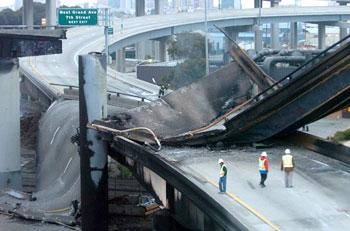I’ve been meaning to post the Simpsons snippet about Springfield Squidport since (since removed) I wrote my own two rants on Charlotte, urbanism, etc., but I was finally inspired by Mark’s addition to the literature on the subject.
It’s just that this clip comes to mind every time I hear some civic booster in Charlote (or whatever other city) going on and on about how the right “upscale” development will make the city in question some sort of urban paradise. Gosh, if we could just get a Crate & Barrel, it would make everything perfect. Just like Paris, right?
Funny thing is, we both rather like Charlotte. It’s a pleasant enough place, and even though we didn’t end up living there long term, I don’t think either of us was absolutely averse to the idea. The problem with Charlotte, as opposed to some other cities, is that too many people there actually listen to these assorted civic boosters, message board clowns, and other decidedly anti-urban “urbanisists”, and that the “shopping mall as substitute for urbanism” mentality has really take root. As long as it’s “dense” and “upscale”, after all..
Obviously, this mindest is by no means limited to the Queen City, but its followers there sometimes seem almost as common as Baptists.
